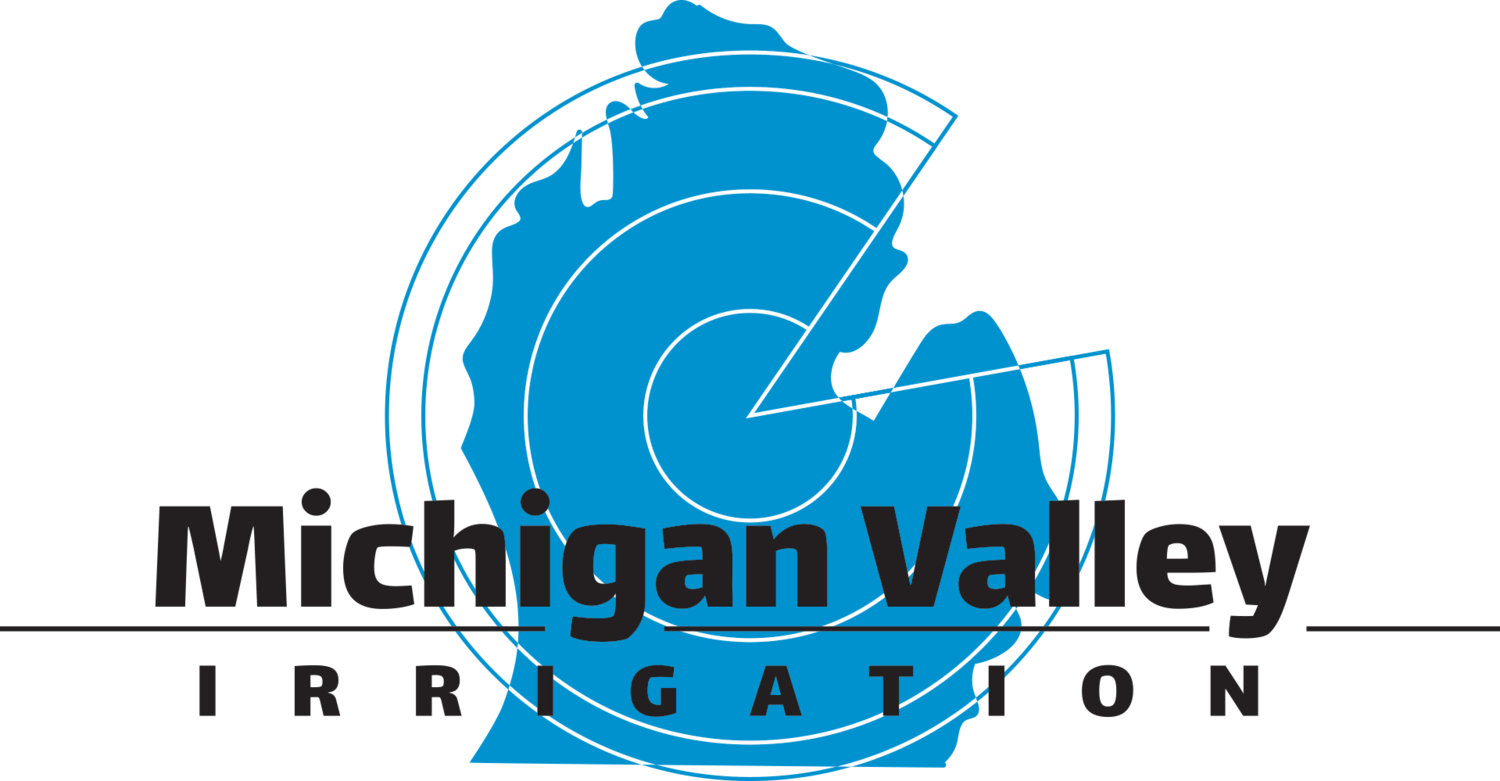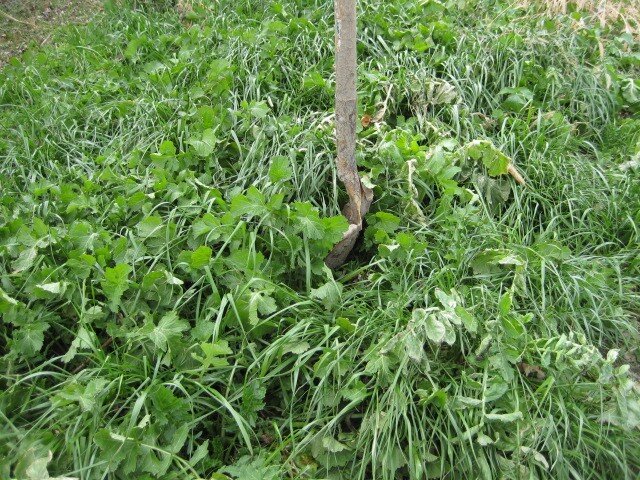Cover Crops – Better than Bell Bottom Pants!
As a young child I remember the doctor’s kid wearing bell bottom pants to school. The style trend slowly moved towards mainstream and then went away. The other day I saw a gal in the airport wearing bell bottoms so broad a toddler could easily hide in there. I’m not sure there is much usefulness for this style. It has taken about 50 years for bell bottom pants to be “groovy” again. My grandpa used cover crops back in the 1950’s and they began to make a comeback in the early 2000’s, about 60 years to be back in “style”. Grandpa may not have known all the benefits, but he had a few good reasons to keep his soil covered in the harvest to plant window; erosion protection, cattle feed, and green fertilizer. Much research has been done at Michigan State University to help us understand the many ways cover crops can benefit our farms today.
Keeping your soil covered with growing plants has many benefit:
Erosion Control
Covering your ground reduces both wind and water erosion.
Nitrogen Management
Legumes can fix nitrogen for future crops.
Grasses and Non-Legumes can uptake excess N reducing leaching and slowly breakdown for future crop availability.
Soil Quality Improvement
Cover crops enhance soil structure and increase soil microbe activity.
Organic matter levels increase with living plants rooted in the soil.
Soil compaction is reduced while water percolation rates and retention are generally improved.
Annual rye grass and radish.
Weed Suppression
Desirable crops offer shading and interfering with germination and establishment of unwanted weeds.
Livestock Feed Source
Grazing cover crop pastures can be managed to provide additional forage and add some manure into soil. (Don’t over graze)
Harvesting the sunshine
Anytime our soil is covered with growing plants we are capturing energy from the sun and providing food for the microbes in our soil.
Carbon Sequestration
20 million acres of cover crops in the US (projected estimate for 2020) have the potential to sequester 60 million metric tons of CO2 -equivalent, offsetting the emissions of 12.8 million passenger vehicles.
Cover crops can be established with a variety of procedures:
Overseeding – Seeding a cover crop between the rows of a growing crop.
Frost Seeding – Usually broadcasting into an existing crop while it is dormant.
Drilling or Planting – follow a short season crop and quickly planting into residue after harvest.
Aerial or Highboy Seeding – Seeding into an existing crop.
Selecting the right covers for your situation:
While cereal rye is probably the most widely used cover crop in Michigan, many others can be effectively used for different situations. Don’t be afraid to try mixes. Multiple species can provide excellent results with varying soil types, weed pressure and erosion stress.
A few examples are:
Legumes for N – Alfalfa, clovers, vetch
Cold Tolerant – cereal rye, winter wheat, hairy vetch
Acid Tolerant – Black medic, common vetch
Fast Growth & Biomass Production – Oilseed Radish
It is important to identify what your goals are and probably start small if you have never tried cover crops in your fields. One example is a study done by the Sustainable Agriculture Research and Education (SARE) on using cover crops to combat herbicide resistant weeds. Results from the annual National Crop Cover Survey, tallying data from farmers across the country from 2012 – 2016, show a $27 / Acre advantage using cover crops compared to traditional herbicide applications after 3 years of adoption of cover crops. The USDA Ag Census reflects a 50% increase in cover crop acres from 2012 and 2017 to more than 15 million acres. This seems to be a good indicator that overall results are favorable.
If you want to learn more, click here to view the 2019 - 2020 National Cover Crop Survey.
Whatever crops you are growing, incorporating cover crops into your rotation can provide multiple benefits. Carefully selecting the species, planting method, rate and timing are important to the overall success. Wouldn’t it be great if you could cut fertilizer and crop protectant expenses and increase yield? Adding to your bottom line might require some new management practices, bit I guarantee it will have more results than bell bottom pants!
Much of this information was obtained from MSU Extension research bulletins, so it is local. More resources are available. Following are a few links you may find helpful.
1. Corn to soybeans using cereal rye
2. Corn silage to corn using cereal rye
3. Corn Silage to soybeans using cereal rye
ABOUT THE AUTHOR
Pete is the marketing manager for Michigan Valley Irrigation, having joined the company in 2016. He was raised on a dairy farm in western New York and graduated from Cornell University with a B.S. in agricultural economics. His entire working career of over 37 years has been involved in agriculture. A farmer helping farmers. When away from Michigan Valley he operates, Joyful Noise Farm, a small livestock and produce farm and spends time with his family.






